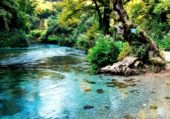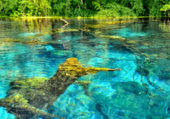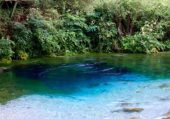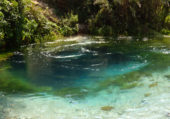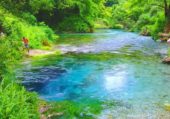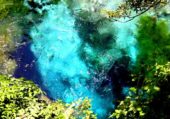Butrint National Park is created in November 2000 and located in the southwestern extreme of Albania. It protects 85.91 square kilometres of historic landscape, archaeology and environment.The park, a UNESCO World Heritage Site, is one of the most important archaeological sites in the country containing different artifacts and structures which date from the Bronze Age up until the 19th century. A number of major monuments are still extant including the city walls, late-antique baptistery, great basilica, theatre and Venetian castles. In addition to archaeological remains the site is robed by natural woodland with a complex ecosystem which depends on the nearby freshwater Lake Butrint and Vivari Channel which drain the lake into the Ionian Sea. It is this combination of historic monuments and natural environment that makes Butrint such a unique place, a ‘landscape with monuments’ as beloved for the Tourists of all the world.
National Park of Butrint

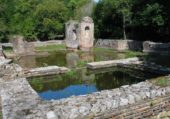
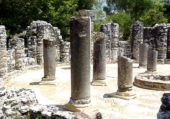
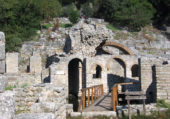
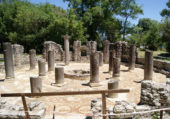
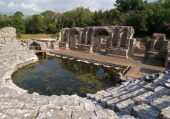
National Park of Butrint
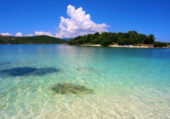
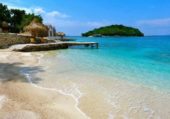
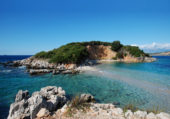
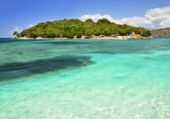
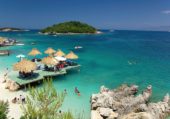

The main attractions are the nearby Ksamil Islands, where fresh seafood restaurants are located and which can be easily reached by boat. The mainland beach is small but clean, and there are cafe and clean toilet facilities nearby. There are a number of small hotels and guest houses in the town; all are open during the summer months and some throughout the year. In 2010, the national authorities demolished over 200 illegal structures that violated the town’s master plan and the integrity of Butrint National Park. On the other side, locals instead pretend that a selective campaign was conducted. The remainings of the demolished buildings have yet to be removed by authorities.
Blue Eye
The Blue Eye (Albanian: Syri i kaltër) is a water spring, natural phenomenon occurring in Saranda, Albania. A popular tourist attraction, the clear blue water of the river bubThe Blue Eye (Albanian: Syri i kaltër) is a water spring, natural phenomenon occurring in Saranda, Albania. A popular tourist attraction, the clear blue water of the river bubbles forth from a stunning, more than fifty-metre-deep pool. Divers have descended to fifty metres, but it is still unclear what the actual depth of the karst hole is.
